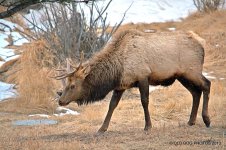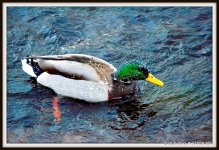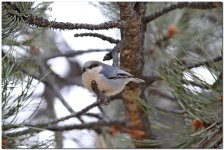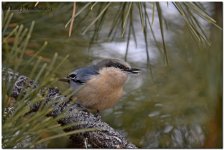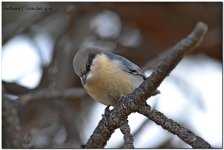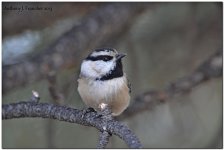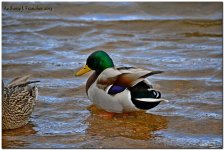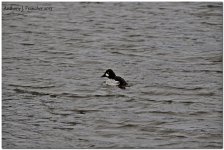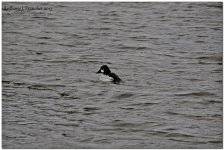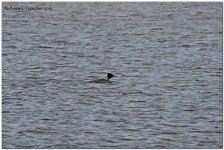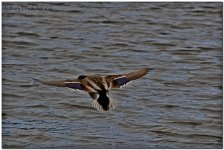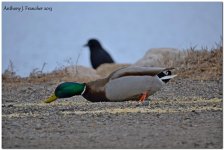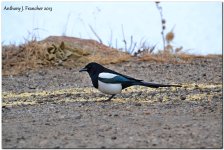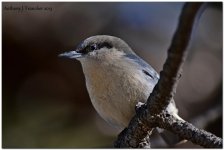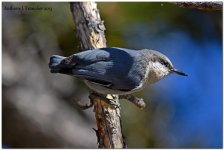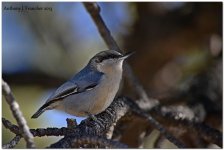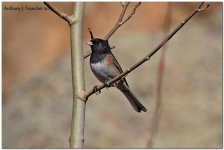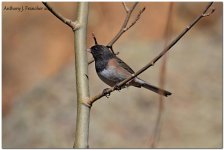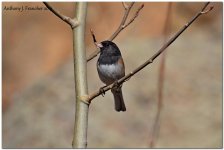topgunwghs
Senior Member
Names Tony, I have been a NYer (NO! not the city, from Syracuse in the middle of the state). Last July I moved to Estes Park, CO the gateway to RMNP, and haven't looked back! I absolutely love it here and have always loved photography and made the step to a DSLR, beginner of course.
I have chosen the Nikon D3100 with 18-55mm AF-S & just got my 55-300mm AF-S lens. I will use the longer lens for wildlife of course and the shorter one with UV filter for the amazing geography. I was able to get some superb photos out of my point and shoot CoolPiX S8100 such as:
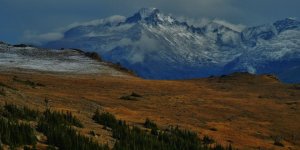
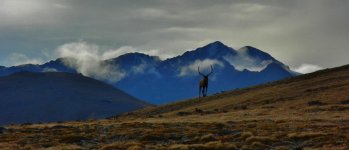
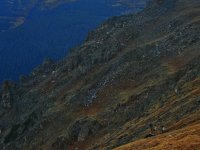
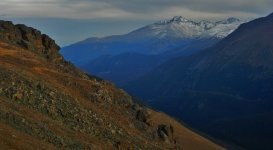
They are alright, but in dire need of a UV filter, better contrast, longer exposures for some and less for others. Also I needed the wildlife to be sharper at a range.
I have read and read from multiple forums including this one on how to basically set up my Nikon D3100 for wildlife, but can't seem to get that sharp DSLR image everyone wants. It almost seems that I achieved sharper images from the point and shoot... Now I also know that the D3100 isn't a Golden Egg nor is the 55-300mm AF-S lens for wildlife photography, but I have seen more than a few amazingly clear, sharp wildlife images with that combination.
My settings:
Shutter Priority
Spot Focus
AF-Single S
Shutter Speed around 1/2000 -- But I have found out that you lose alot of the image when you take too fast of an image without proper ISO/Aperture operation.
Here are a few of the photos I took today with the D3100 and 55-300mm AF-S mainly around 300mm (First day):
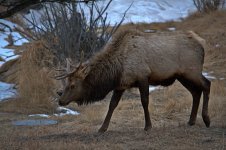
Shutter Priority
1/3195sec
0EV
F 5.3
ISO 3200
220mm
Spot Focus
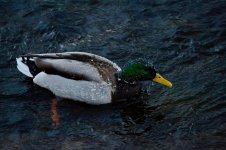
1/250sec
0EV
F 5.6
ISO 3200
300mm
Center Weighted
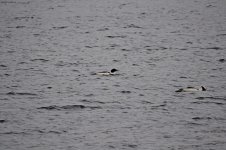
1/2506sec
0EV
F 5.6
ISO 3200
300mm
Spot Focus
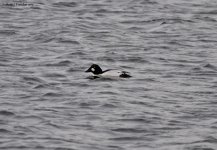
1/1400sec
0EV
F 5.6
ISO 3200
300mm
Spot Focus
--So, what have I done wrong here? I read over and over to set aperture then let the camera set shutter speed, but I had worse results... What do I need to change, after shooting for a bit, I realized I needed to slow down the Shutter Speed to achieve better shots when getting darker, along with increasing ISO, but other than that I can't get them clear. All taken free hand.
That was a looong introduction, but I could use help fast I see great birds/animals every day and want to start capturing them now! Thanks for looking.
I have chosen the Nikon D3100 with 18-55mm AF-S & just got my 55-300mm AF-S lens. I will use the longer lens for wildlife of course and the shorter one with UV filter for the amazing geography. I was able to get some superb photos out of my point and shoot CoolPiX S8100 such as:




They are alright, but in dire need of a UV filter, better contrast, longer exposures for some and less for others. Also I needed the wildlife to be sharper at a range.
I have read and read from multiple forums including this one on how to basically set up my Nikon D3100 for wildlife, but can't seem to get that sharp DSLR image everyone wants. It almost seems that I achieved sharper images from the point and shoot... Now I also know that the D3100 isn't a Golden Egg nor is the 55-300mm AF-S lens for wildlife photography, but I have seen more than a few amazingly clear, sharp wildlife images with that combination.
My settings:
Shutter Priority
Spot Focus
AF-Single S
Shutter Speed around 1/2000 -- But I have found out that you lose alot of the image when you take too fast of an image without proper ISO/Aperture operation.
Here are a few of the photos I took today with the D3100 and 55-300mm AF-S mainly around 300mm (First day):

Shutter Priority
1/3195sec
0EV
F 5.3
ISO 3200
220mm
Spot Focus

1/250sec
0EV
F 5.6
ISO 3200
300mm
Center Weighted

1/2506sec
0EV
F 5.6
ISO 3200
300mm
Spot Focus

1/1400sec
0EV
F 5.6
ISO 3200
300mm
Spot Focus
--So, what have I done wrong here? I read over and over to set aperture then let the camera set shutter speed, but I had worse results... What do I need to change, after shooting for a bit, I realized I needed to slow down the Shutter Speed to achieve better shots when getting darker, along with increasing ISO, but other than that I can't get them clear. All taken free hand.
That was a looong introduction, but I could use help fast I see great birds/animals every day and want to start capturing them now! Thanks for looking.
Last edited by a moderator:

